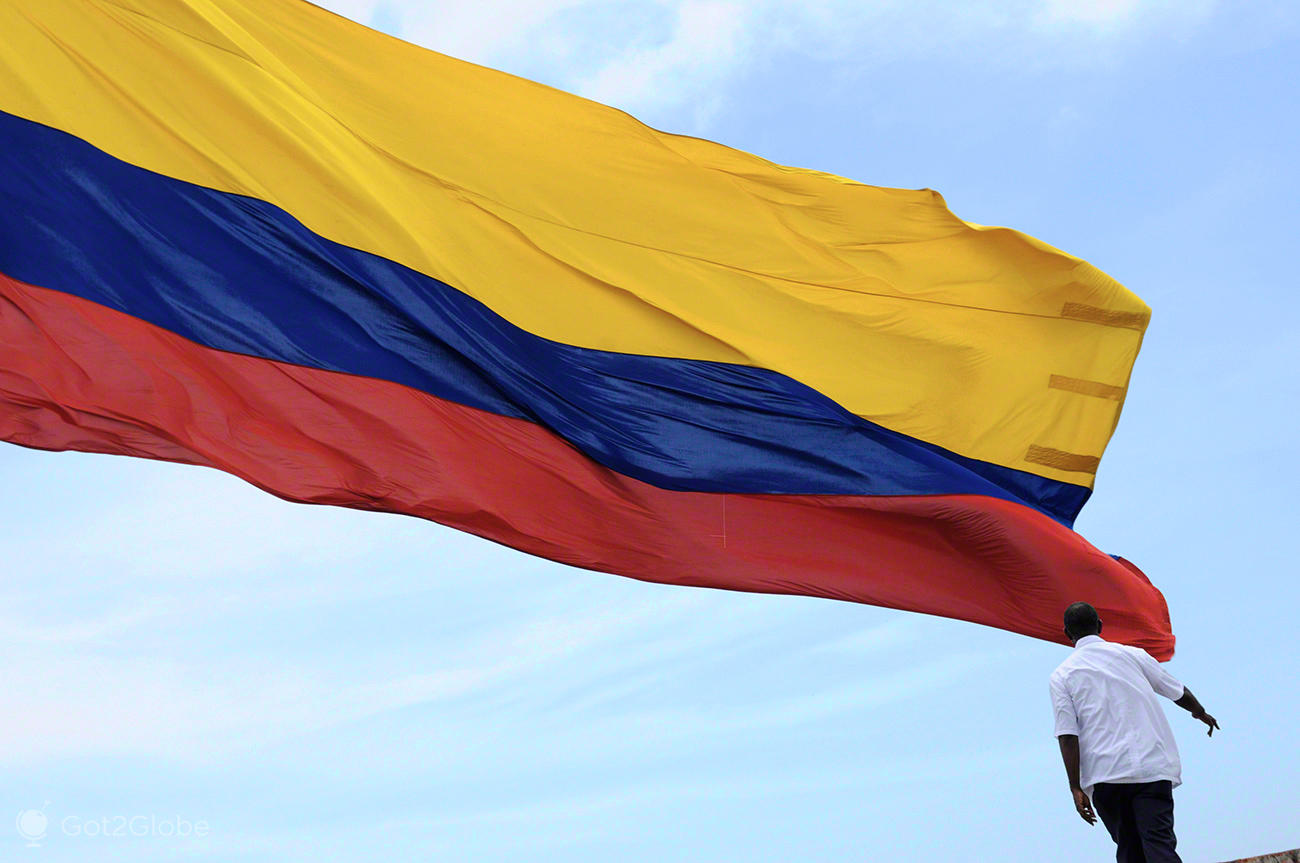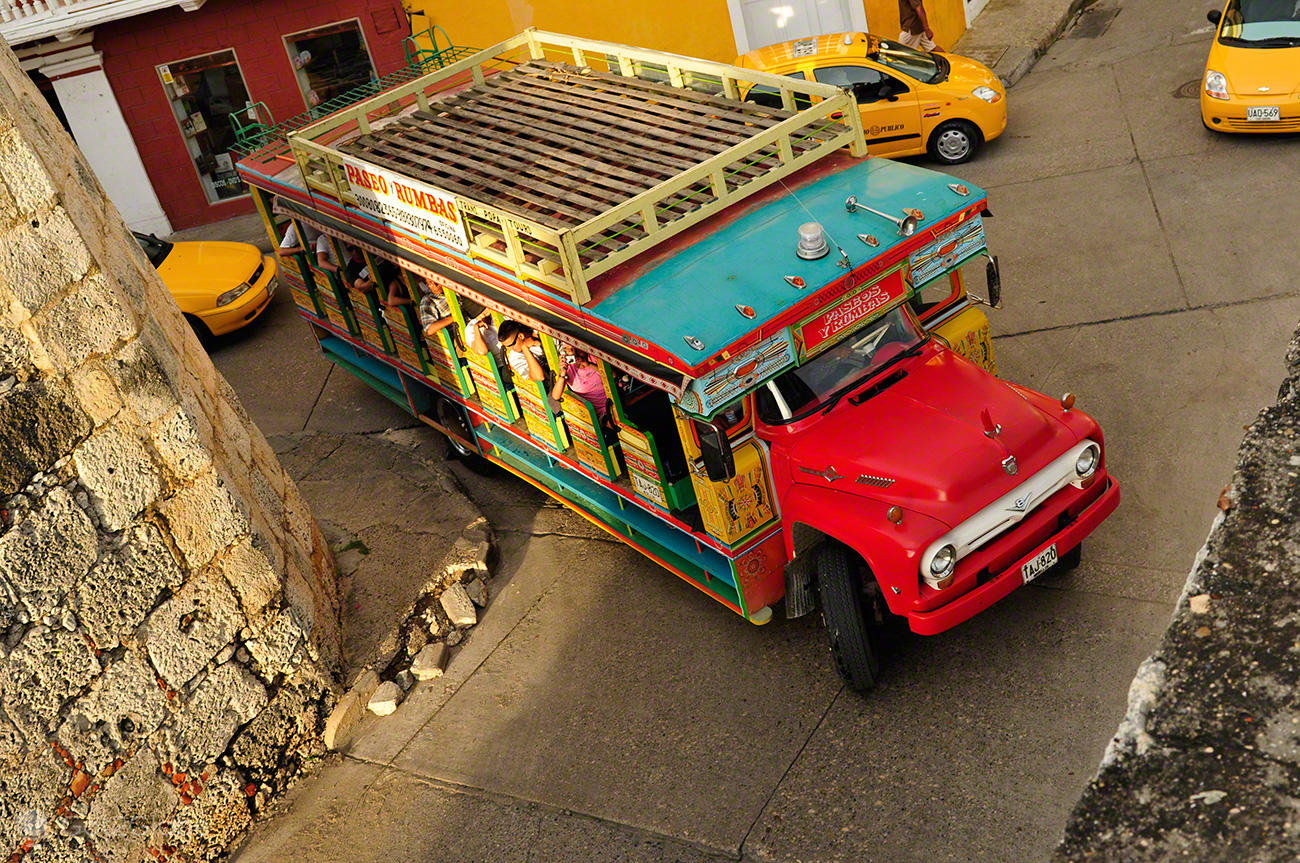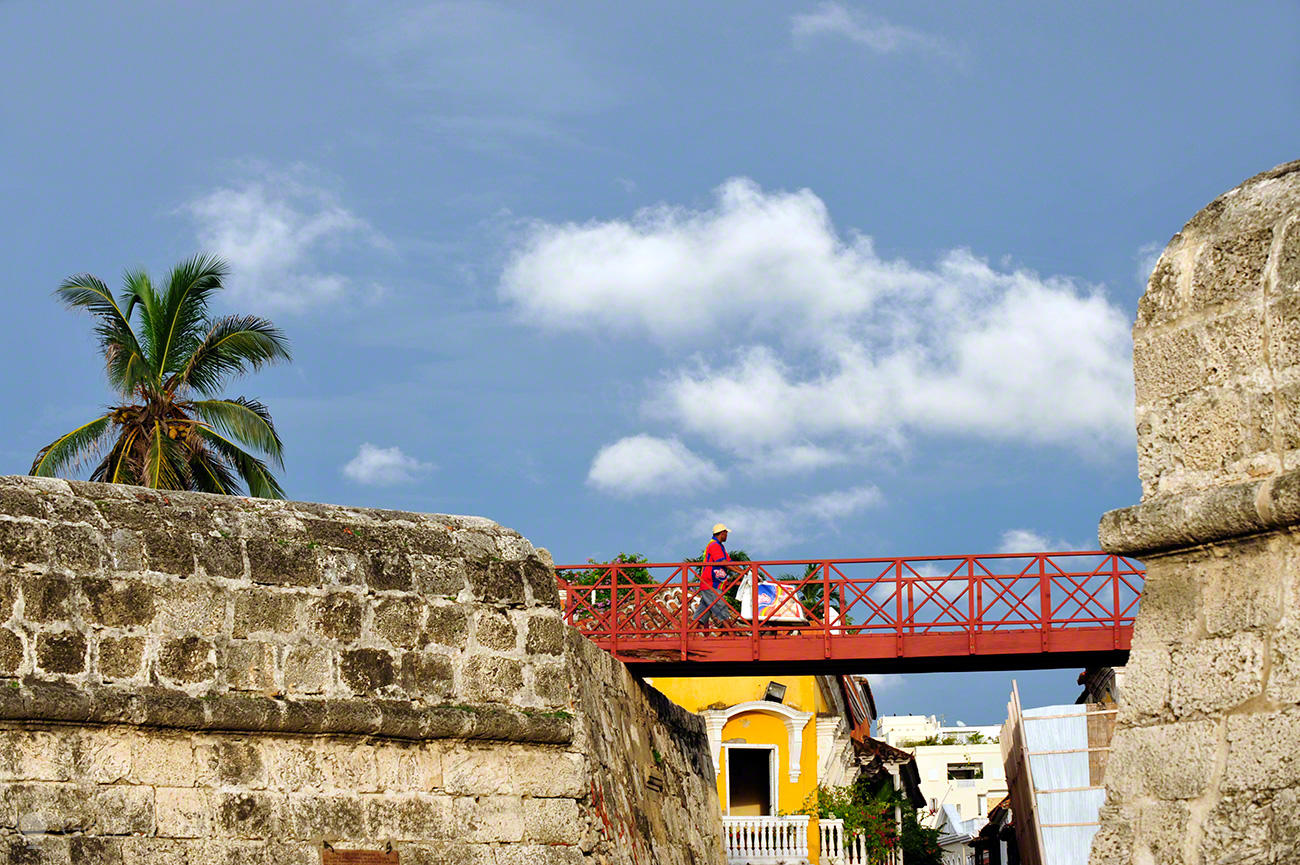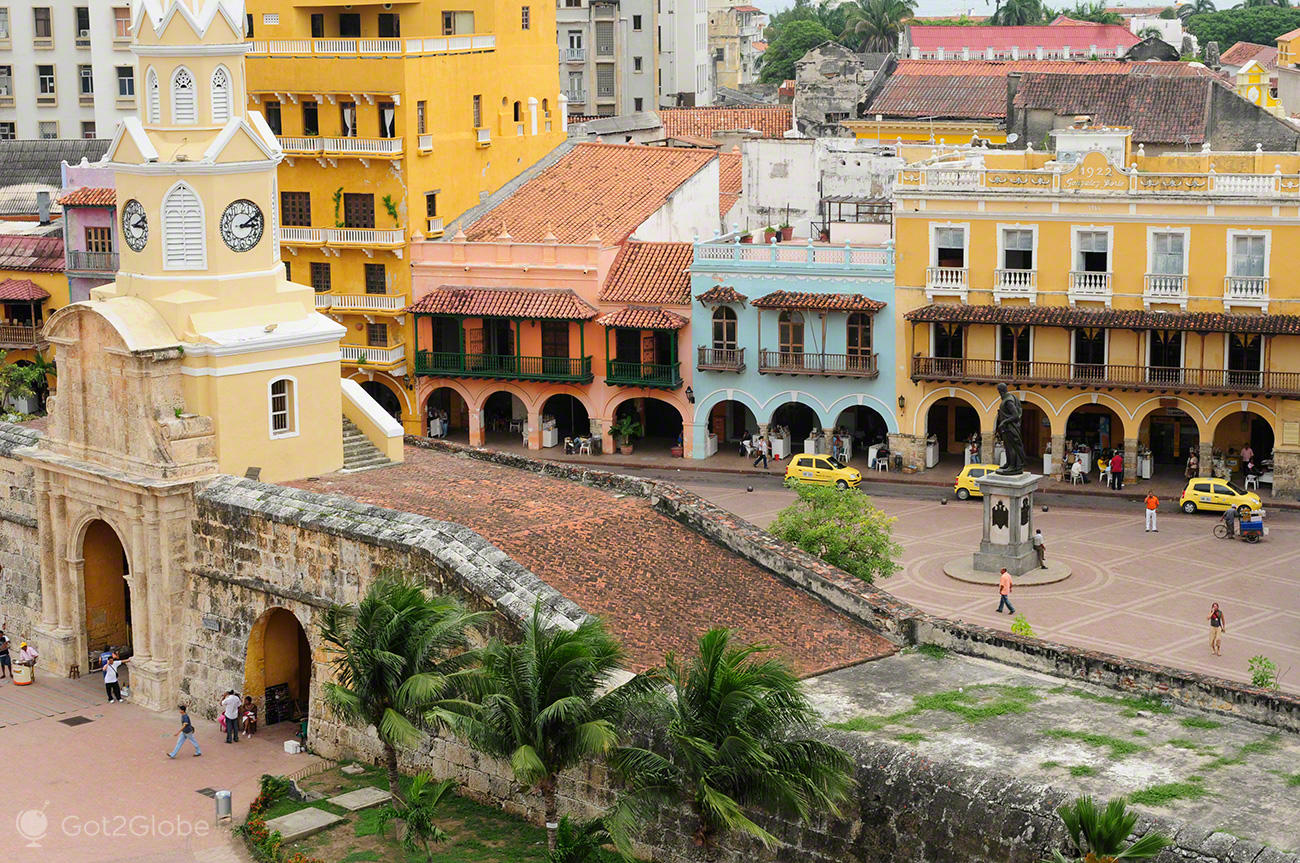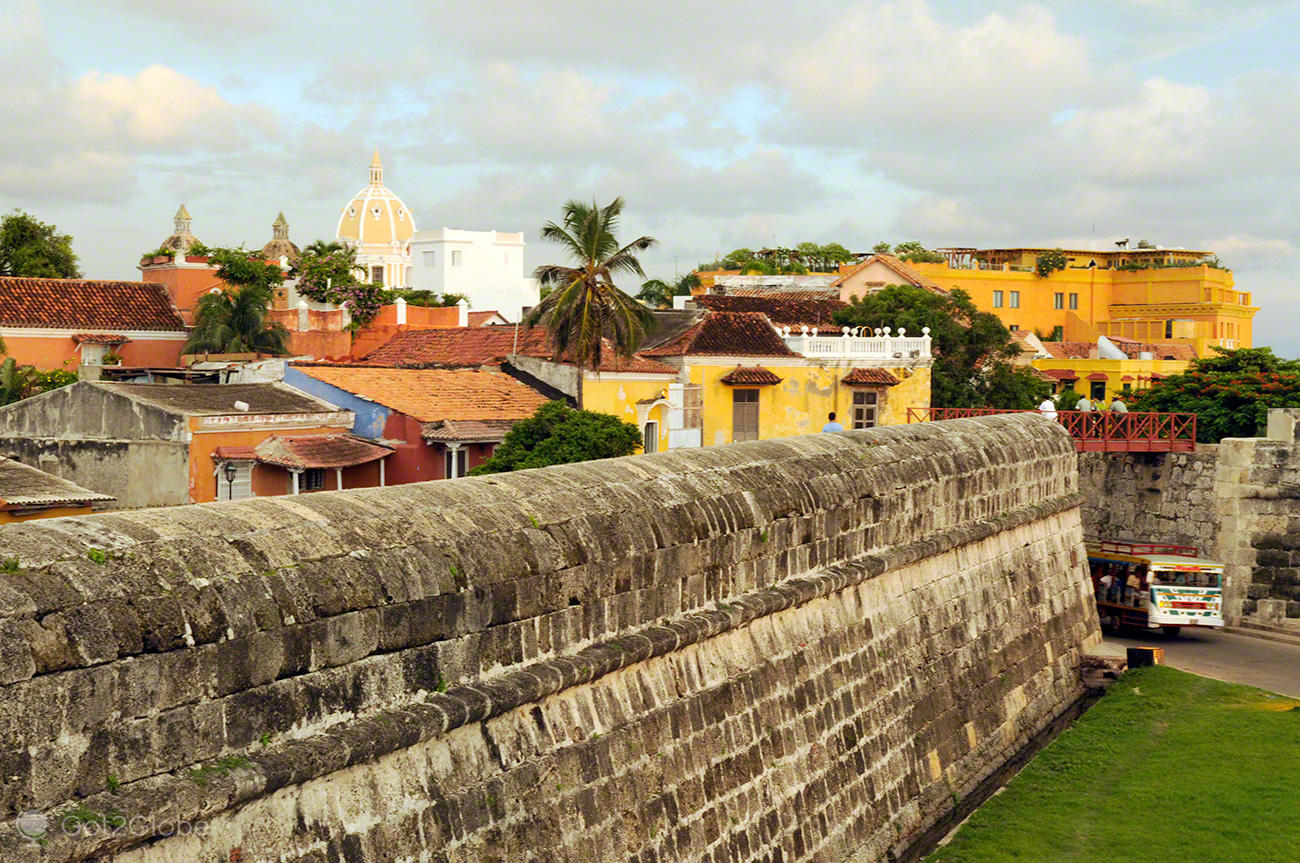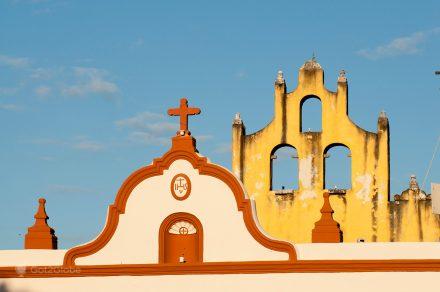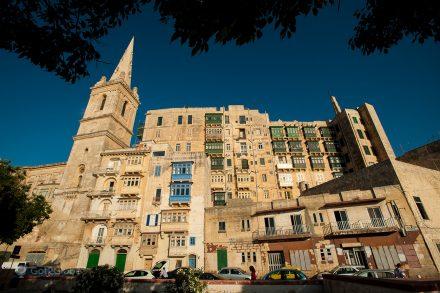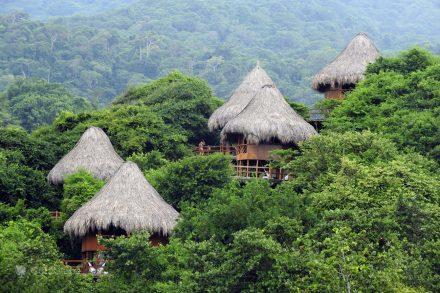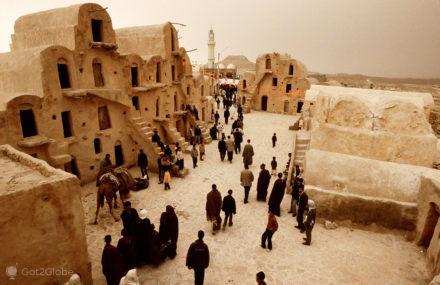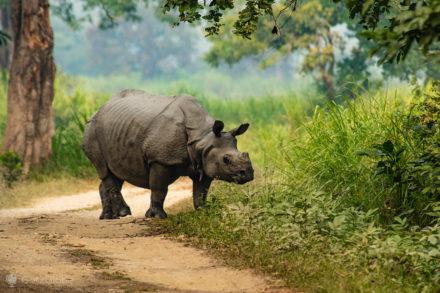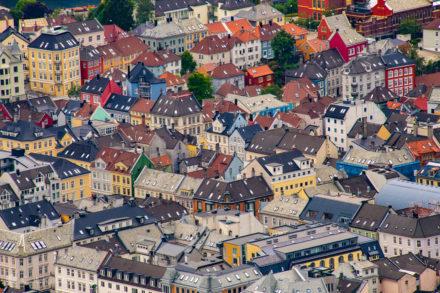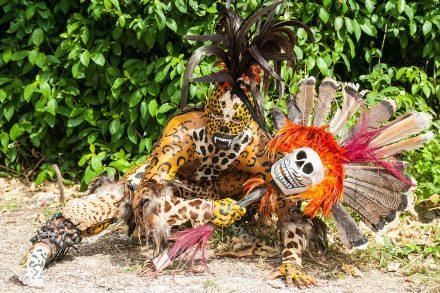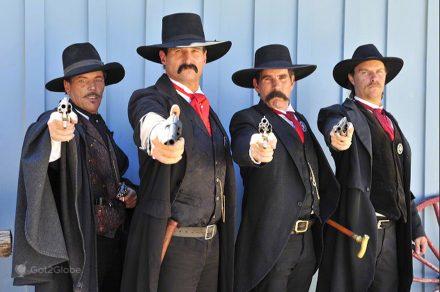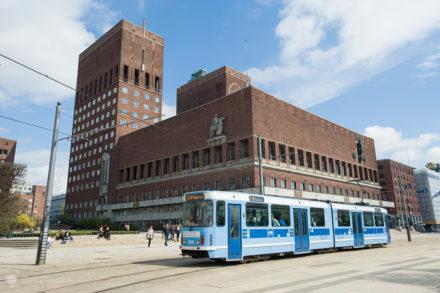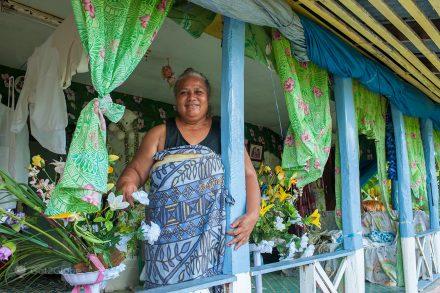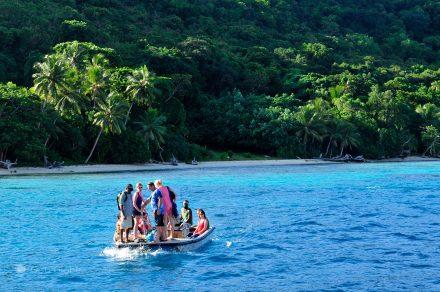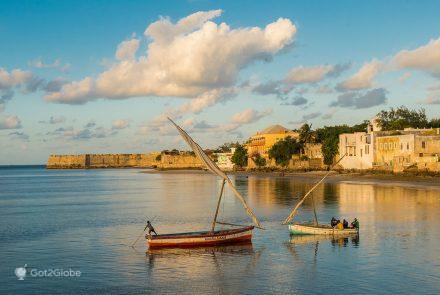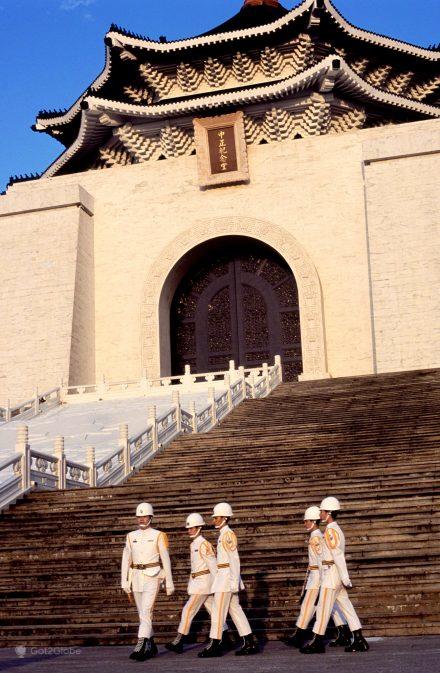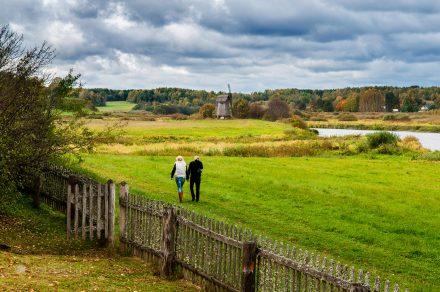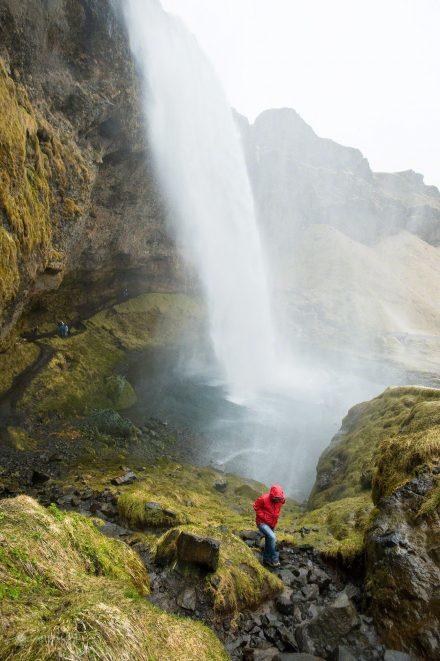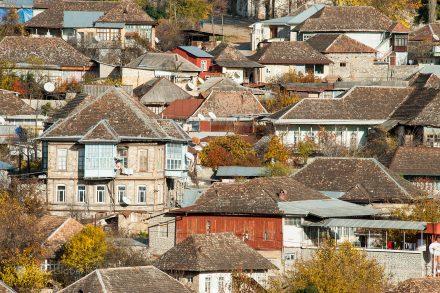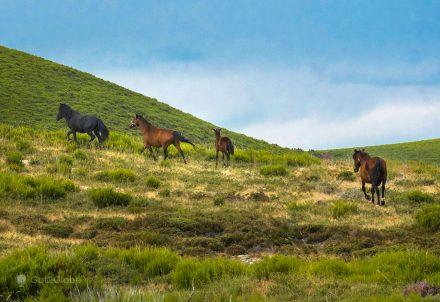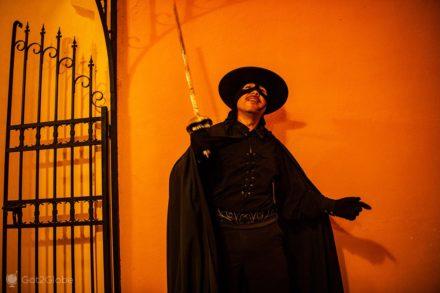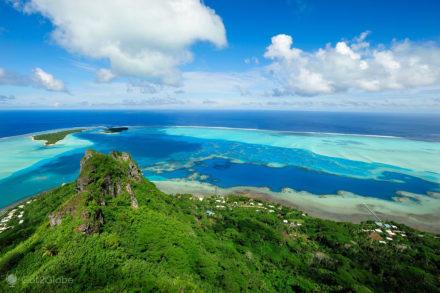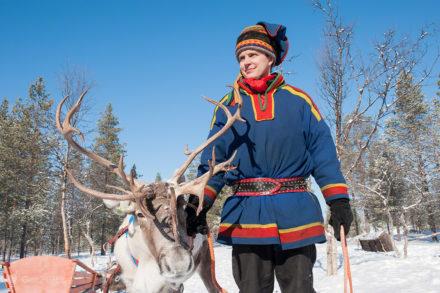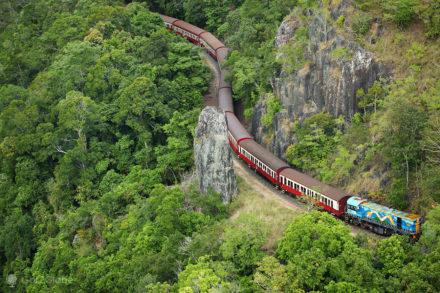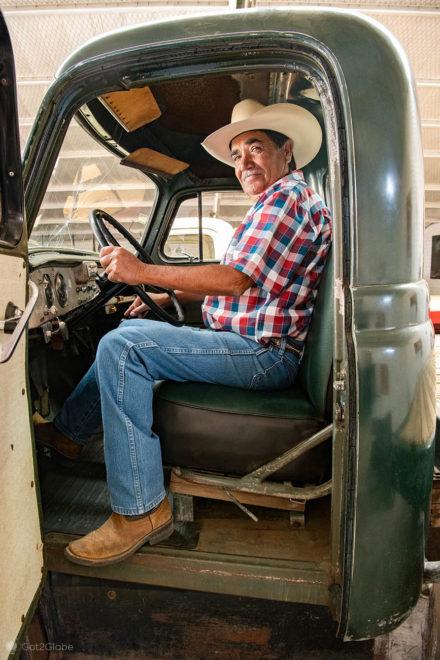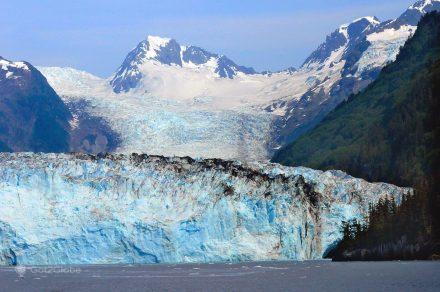Maurício Barrera repeats again, under his straw hat: “Ustes no lo saber… yo soy actor! … " "Participate in La Queimada, with Marlon Brando filmed here in Cartagena …”. Although the career was short, it implies that there would have to be a cache for the photos we were going to take.
The movie mentioned is “The Burn Energy Drink“, performed in 1969 by Gillo Pontecorvo. Marlon Brando plays Sir William Walker, a mercenary who is called Quemada – island of the Antilles – to foment a slave rebellion against Portuguese rule and benefit British sugar merchants.
It is just one of several records of the city's long literary and cinematographic past, which has in its streets, squares and colonial buildings perfect settings for the countless period films and novel adaptations that are being made.
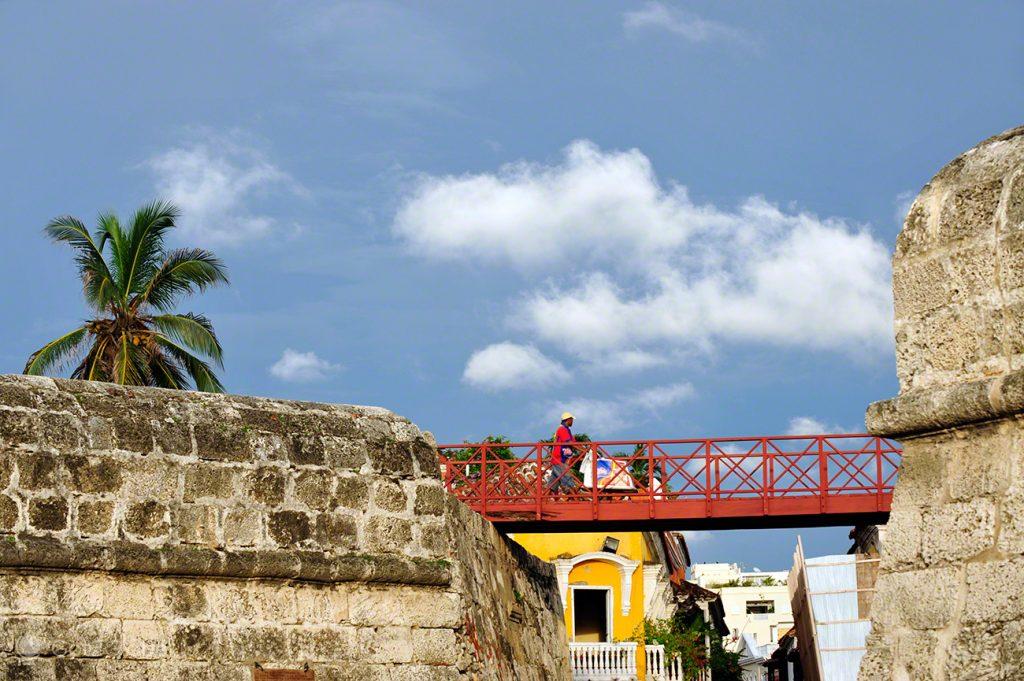
Ice cream seller passes over a bridge that joins two sections of Cartagena's wall.
A Tropical City, Colonial and Desired by the 7th Art
They are good examples "The mission”. And the latest "love in a time of anger” based on the homonymous novel by Gabriel García Marquéz, a writer and character who proved as controversial in Colombia and Cartagena (where he had a house) as Saramago was in Portugal.
The clapperboards practically don't stop.
Benjamim Bratt, Javier Bardem, John Leguizamo and Fernanda Montenegro, among many others from the film's cast, had left Cartagena das Indias a few months ago and John Malkovich was already taking a walk with family and friends on the Ciudad Vieja wall. new film buff project.
Right next door, Thierry Forte informs us in an unmistakable Gallic accent about his La Passion hotel: “… we are full, we have the team of “L'Homme de Chevet…” “… you are a new French film with Sophie Marceau and Cristopher Lambert. Saben quién son, isn't it? ... ".
Even in serious history, Cartagena de Indias has always been a popular city.
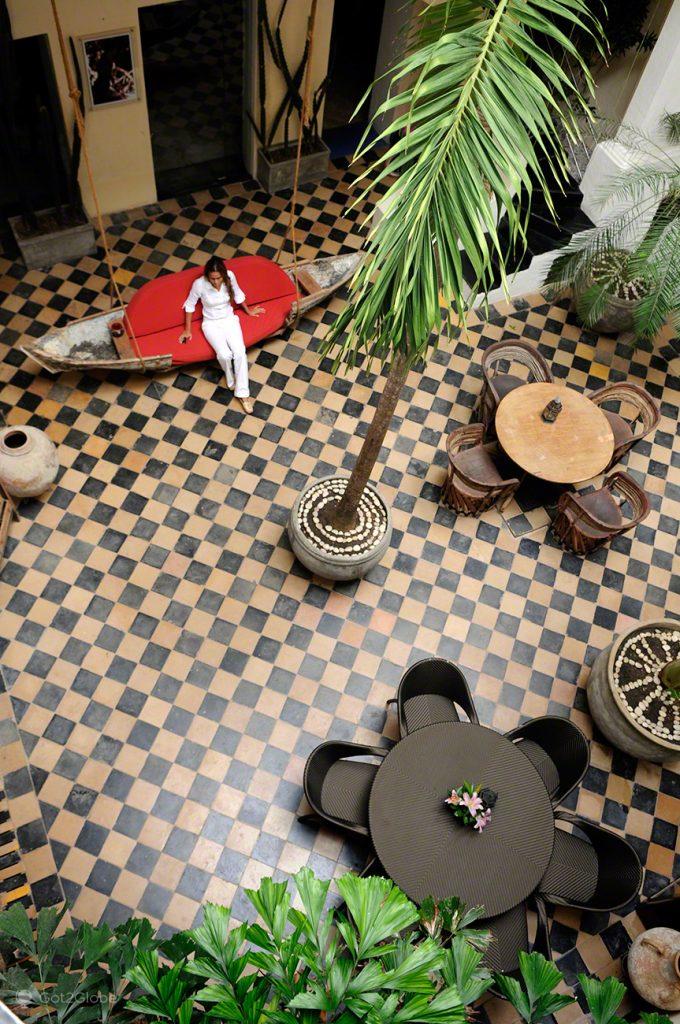
Guest rests in the courtyard of a colonial hotel.
The Conquistador Pedro de Heredia Foundation For Nearly Half a Millennium
In 1533, the Spanish conqueror Pedro de Heredia headed for a huge bay that, on a previous voyage, had seemed “perfect for ships” to his “colleague” Rodrigo de Bastidas. In the exact spot of a Kalamarí village, he founded Cartagena de Indias, named after the homonymous port in the region of Murcia.
The city's privileged location, close to the Central American confluence of the Pacific and the Atlantic Ocean meant that, from its origins to the end of the XNUMXth century, it became one of the main Hispanic colonial outposts.
After a short journey over land, precious metals, mainly gold and silver from Nueva Granada, Peru and other parts of the Pacific were loaded there in galleons for the Atlantic journey to the Spanish ports, almost always via Havana.
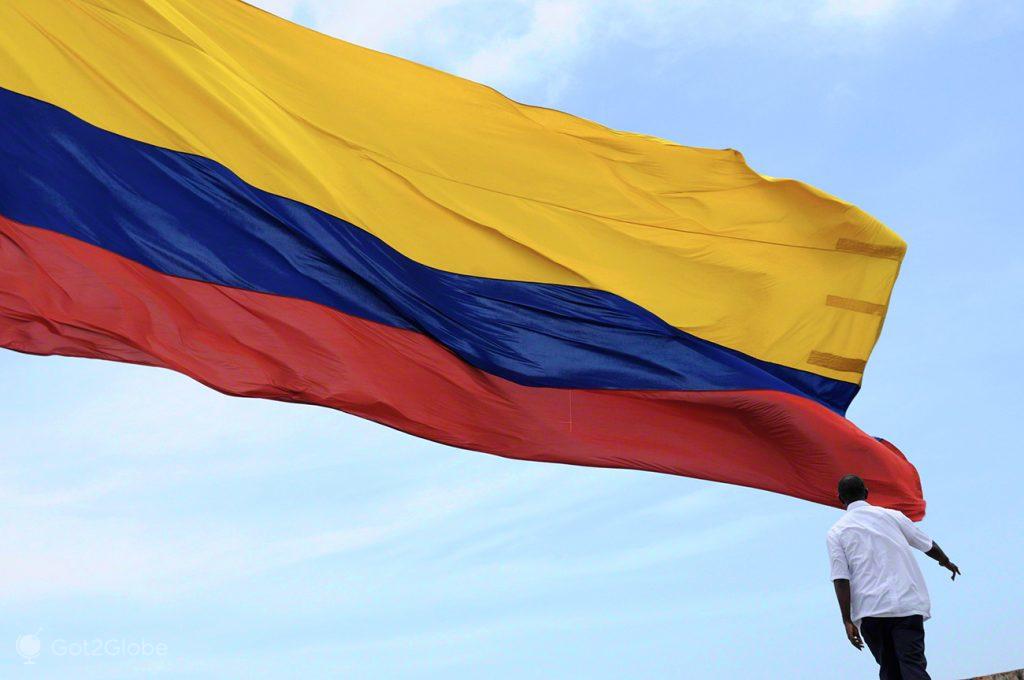
Resident passes by a huge Colombian flag of the Castillo de San Filipe.
Or, as happened later, turned into dollars that were distributed throughout the empire.
It also became a slave trade port. It is something that stands out today in the dark and mulatto skin tones of most of the Cartageneros, in their music, in the rites and rituals of African origin practiced in the surrounding palenques (runaway settlements).
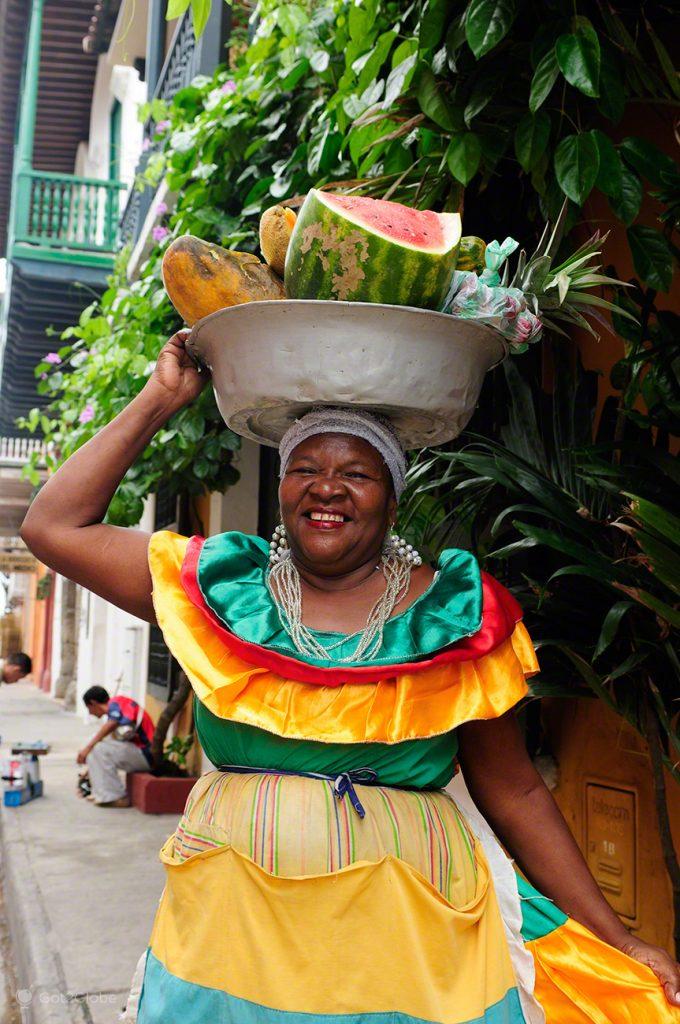
Fruit seller (palanquera) in typical costume.
Cartagena and Veracruz (Mexico) were, in fact, the only two Hispanic cities that could carry out this type of trade. And the Portuguese company Cacheu will have been the main responsible for the supply of blacks to the Venezuela, West Indies, New Kingdom of Granada and Virreinato of Peru.
Cartagena de Indias' growing fame made it a prime target for pirates and corsairs patrolling the Caribbean Sea.
Only thirty years after its founding, it suffered a long series of sieges, attacks and looting.
The French Robert Baal opened the saga. Martin Cote followed. Months later, it was time for a fire to take the city by surprise. This latest disgrace inspired the creation of the first battalion of firefighters in the Americas, outstanding among its less than 2000 inhabitants.
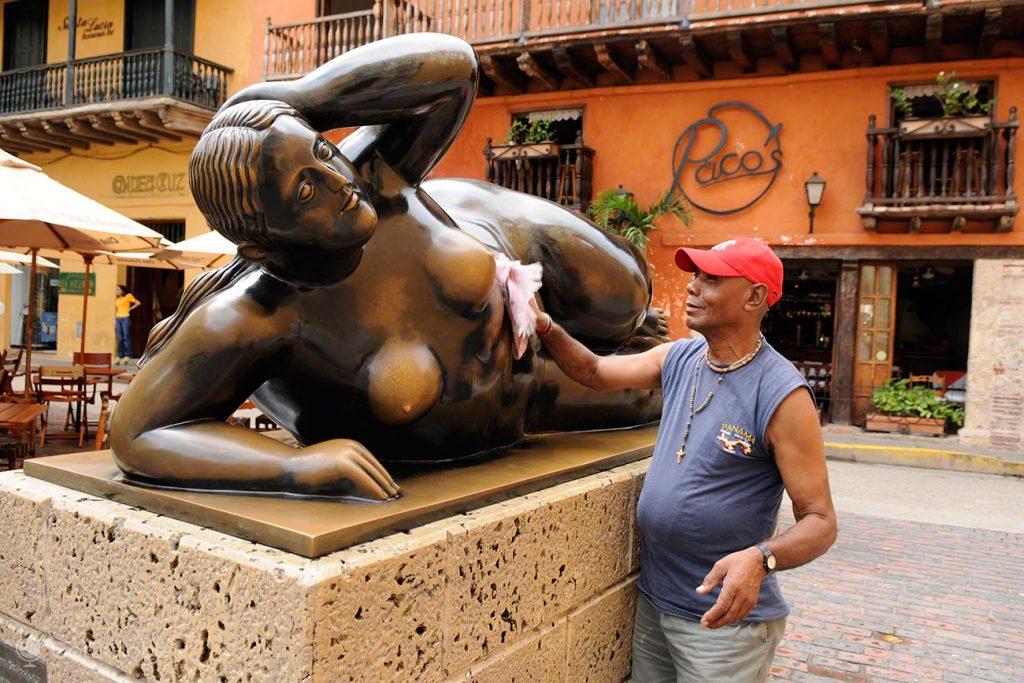
Employee pulls the gloss of the statue “La Gorda Gertrudis” by Fernando Botero, better known as La Gordita.
The Pirates and Corsairs Who Couldn't Resist Cartagena de Indias
Recovered from the rubble, restored to splendor, several English and French pirates returned to the charge.
In 1568, John Hawkins asked the governor of Cartagena for permission to set up a foreign fair in the city with the real aim of dominating it from within. Request refused. He ended up surrounding her, without success.
Francis Drake – Hawkins' nephew, both later proclaimed Sir – opted to simplify processes: he arrived with a gigantic fleet and conquered Cartagena in three times and forced the governor and the archbishop at the time to pay 107.000 Spanish dollars at the time (valued at around 150 million euros) in ransom.
With the house robbed, the Spanish crown made worlds and funds available to lock the door and hired prominent European military engineers to whom it commissioned the construction of new walls and forts, a project that would come to be known as “Situado”.
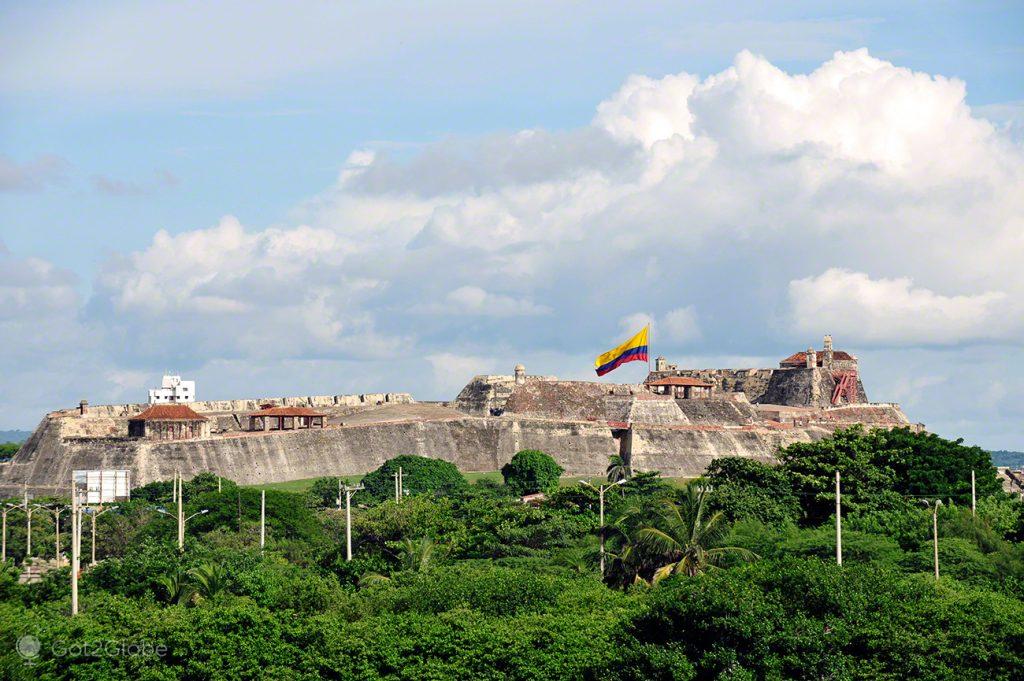
Castillo San Filipe, the target of countless pirate attacks that plowed through the waters of the Caribbean Sea.
The Best Walled City in All of South America
The cost of the work grew exponentially. Between 1751 and 1810, it reached the unbelievable sum of 22 million Spanish dollars, about 1,5 trillion euros.
The defenses did not increase, however, enough to please Carlos III of Spain who, as he looked over the expenses, shouted in his already famous ironic style: “It's revolting! For this price, these castles should be seen from here!” (referring to his court in Spain).
Despite the monarch's displeasure, Cartagena de Indias was considered impossible to take, its walls are, even today, the largest on the continent.
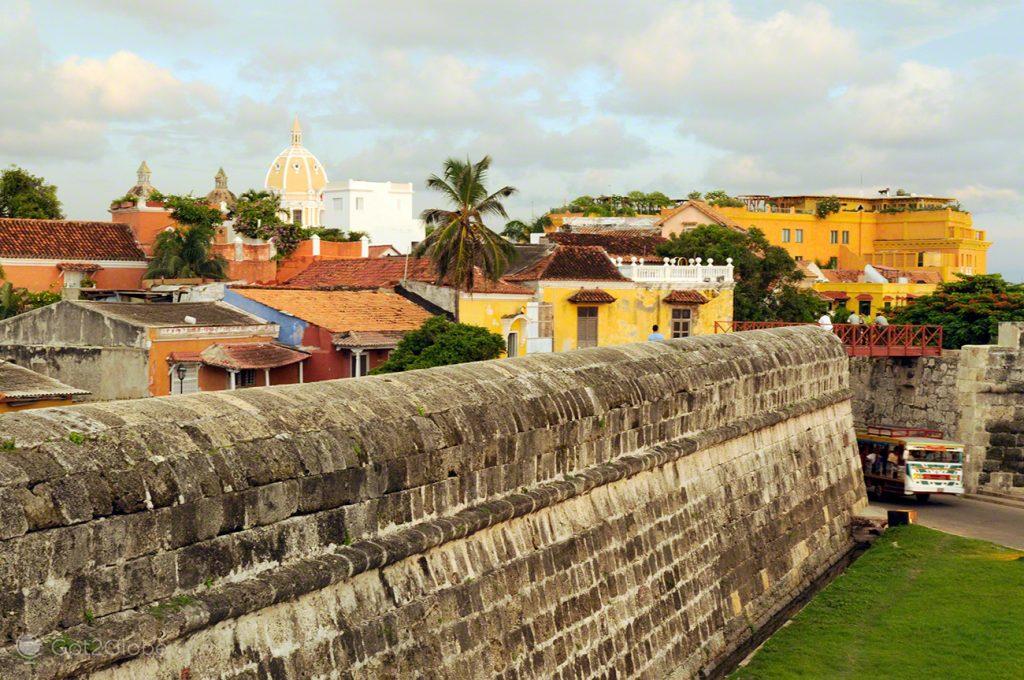
Typical old bus (chiva) leaves the walled area of Cartagena's old town.
They now house the Old City of the urban invasion that is raging, right next door, precisely in one of the areas where the cannons of the Castillo de San Felipe sank enemy vessels.
The Modern Colombian Life that Surrounded Cartagena de Indias
Since 1980, skyscrapers have been spreading and closing the horizon behind Boca Grande, it is said in the streets that with the white money of drug trafficking. The massive concentration of tourist investment in this outer zone ended up saving the historic low.
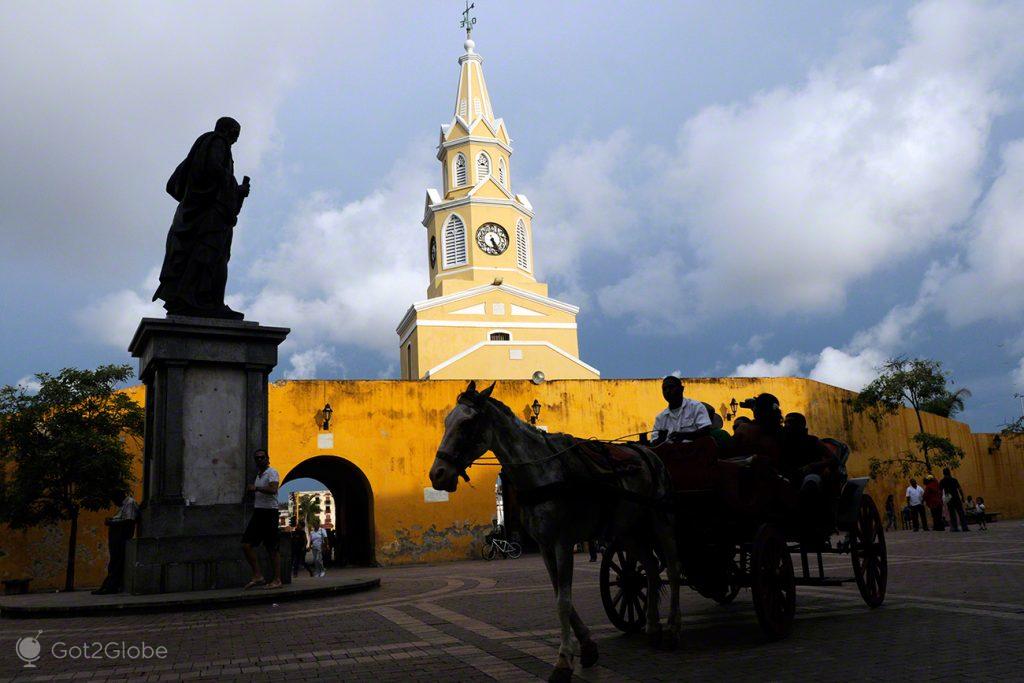
Charrete has just left Puerta del Reloj, the usual starting point.
There, on weekends, large families and loving couples roam the adarves back and forth.
They appreciate interior and exterior views as distinct as the Plaza de los Coches and the small fleets of fishing boats in the Caribbean Sea, always overflown by frigates and flocks of opportunistic pelicans.
Certain wider areas of the walls even serve as a launching pad for hundreds of colorful comets (paper parrots), one of the favorite afternoon pastimes of the Cartageneros younger.
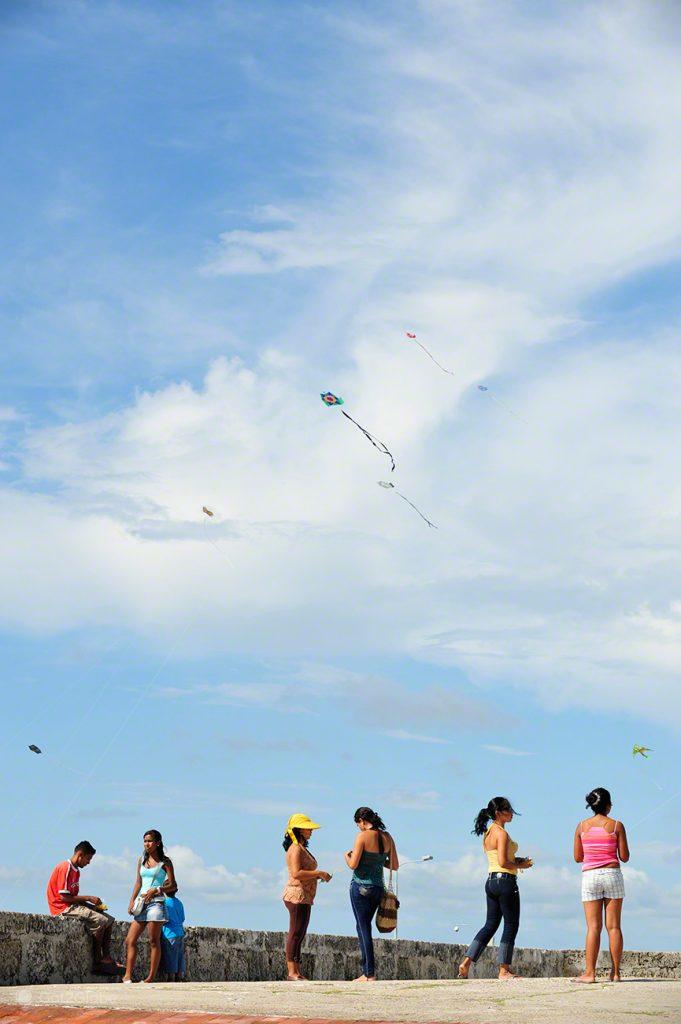
Residents launch kites from the walls of Cartagena.
Around the forties, Colombia realized that its old Cartagena was one of the best preserved colonial cities of the world, began to restore and promote it.
It imposed on residents uncompromising UNESCO rules that banned satellite dishes on roofs and subjected locals to the tyranny of South American soap operas and countless “reigns” of beauty.
The reward took some time, but in 1984 it became World Heritage of Humanity with the precious contribution of the University of Venice, which helped to restore the original architecture.
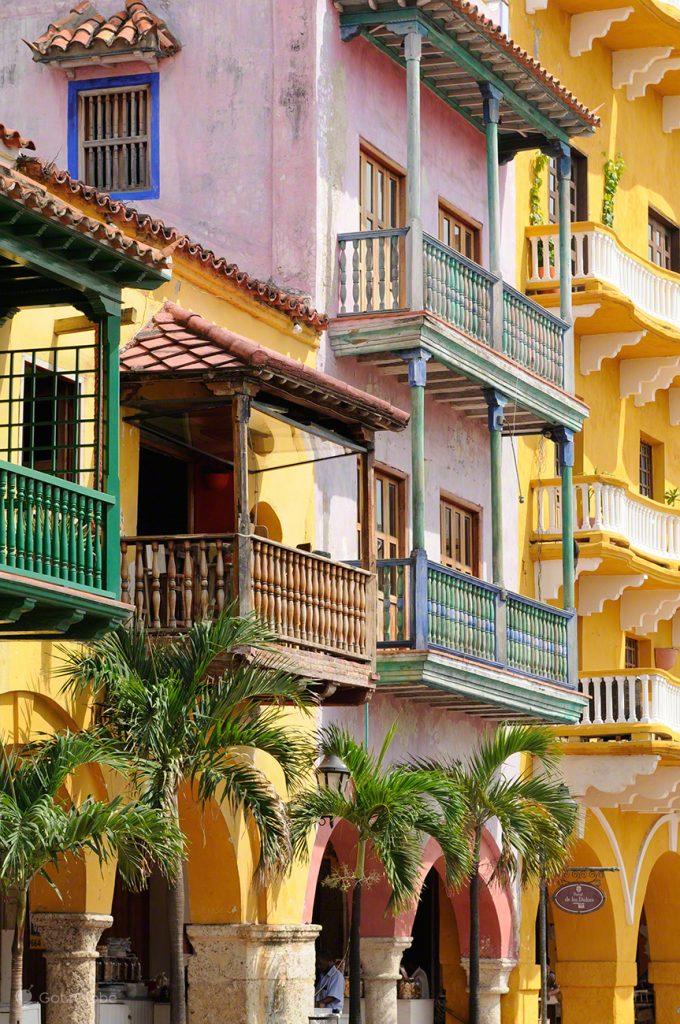
Typical balconies of Cartagena de Indias.
Cartagena, a Resplendent Colonial City But Not Too Much
Still far from the perfect restoration – which only protects its soul – Cartagena now has a million inhabitants and is the fifth city in Colombia. It continues to impose the crushing weight of its story.
The streets are narrow and long, delimited by imposing secular buildings, with two, three and even four floors, from which the towers of the Church of Santo Domingo and the Cathedral stand out.
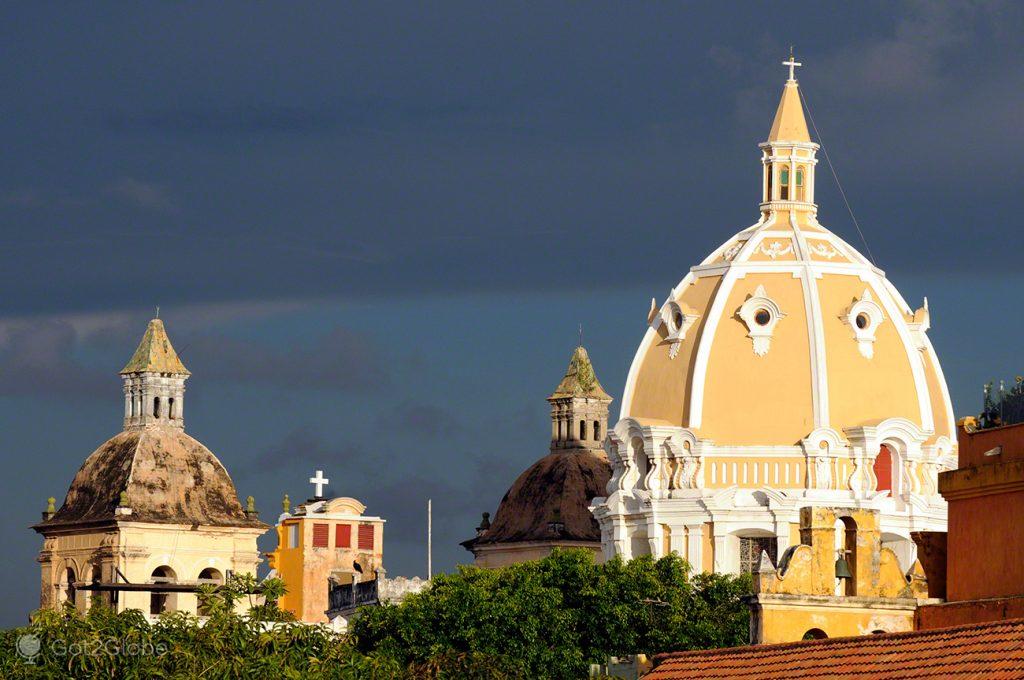
Domes of churches and cathedrals seen from the top of the wall that surrounds the historic center of Cartagena.
They intersect in a wide grid that contains four distinct neighborhoods: El Centro, San Diego, La Matuna and Getsemani, where the slaves lived. It also honors all figures from its past, neighboring countries, Colombian battles and monuments with street signs.
Here and there, these streets lead to unexpected squares that adjust to the layout and house statues punished by the almost equatorial sun: de los Coches, de la Aduana and, of course, it could not be missed, that of Bolivar. Nothing that looks like a museum, though.
The Genuine Life and Real Party of Cartagena de Indias
Despite the tourists, people live very seriously in Cartagena. The traffic circulates freely until late afternoon when the cabs take over the streets. Universities, dance and music schools liven up the streets and alleys.
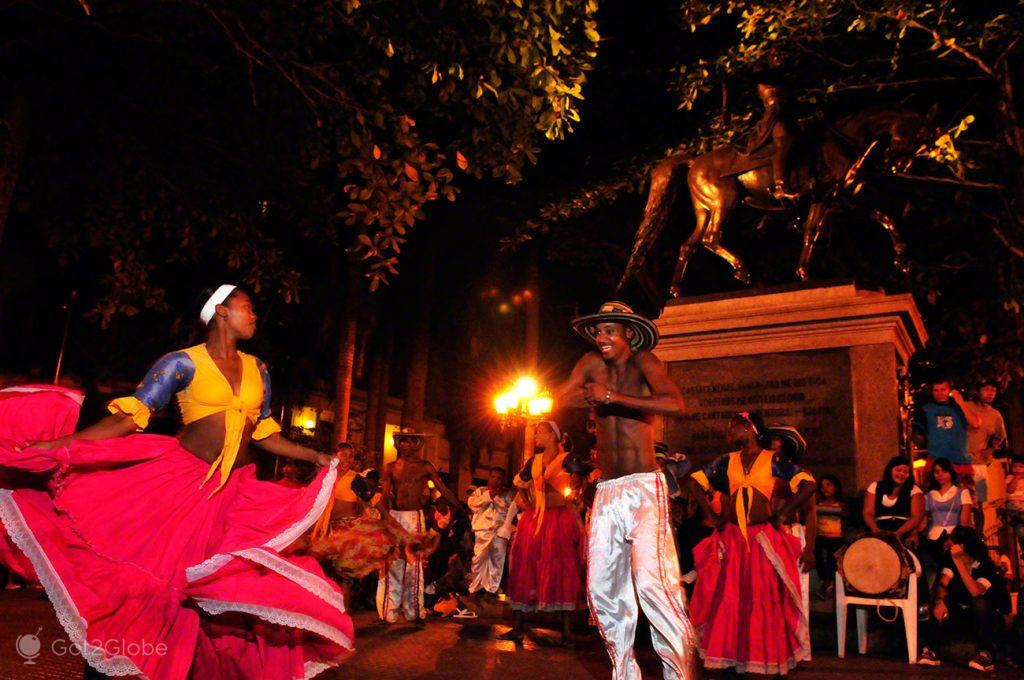
Dance exhibition at Plaza de Cartagena.
Here and there, noisy works and constructions appear and the frenzy of the thousand and one local businesses is felt, from the elegant hotels and boutiques to the spontaneous sellers of phone calls, Fijo and national, the crafts of the Bovedas and businesses of the gloomy Portal de los Dulces.
After twilight, the rumba – read party – takes over the city.
Whatever the day of the week, its countless restaurants and bars seduce with hot Latin American rhythms that mix in the usual 90% surrounding humidity and, so often, in the warm rain.
If the weekend is at hand, the cartageneros already know in advance how to recover the spent energy.
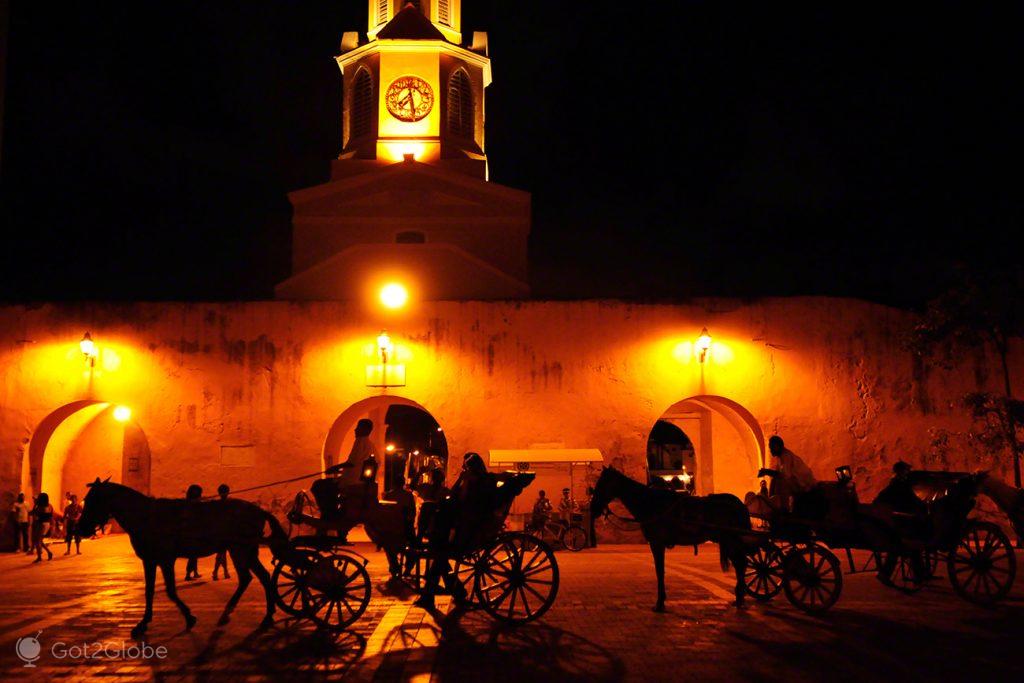
Carts parked next to the Puerta del Reloj await passengers.
The best thing to do is take a hop to the nearby Islas del Rosario, an archipelago-refuge located just 40 minutes away by speedboat, right in the middle of the Caribbean Sea.
